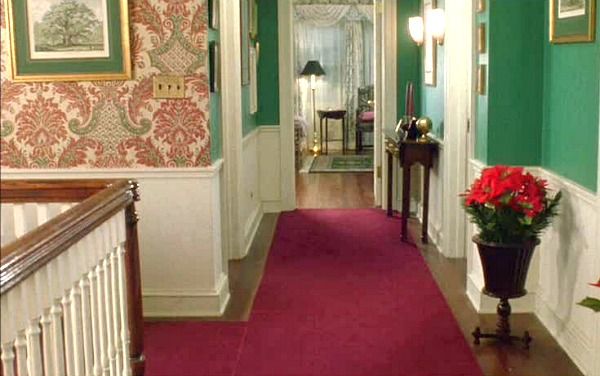Although we’re already halfway through 2020, this year can’t pass quickly enough for many. The “new normal” seems to make planned summer vacations, uncomplicated terrace outings, and a summer full of festivals impossible. We are thus collectively looking forward to better times, and some are even already longing for the Christmas holidays. With a blanket and a hot chocolate on the couch binging a number of Christmas movies, I almost feel like it too!
Although this is still six months away, there is an interesting fact about one of the most famous Christmas movies of all time: Home Alone. While the filmmakers did not handle all situations realistically, they applied the following detail quite accurately. How the story of a boy in conflict with two burglars is deemed Christmassy: the unconscious communication with color.
Red and Green
It is proven that color influences the human brain and thereby feelings. Although not all colors evoke the same feelings in everyone, this is true for some colors. While each color has its own positive and negative meanings, there are also a number of color combinations that evoke certain feelings. A well-known color combination is red and green. Although the color red stands for strength and danger, and green for health and jealousy, this combination characterizes the Christmas days. In the movie Home Alone, this was well capitalized on. Not only the entire McAllister house, but also the clothing, pillows, and dinnerware are in these colors! Whether you had always noticed this or not, this might be the reason you unconsciously look forward to the holidays even more!

Red and Green
Besides this extreme example, color psychology often occurs much more subtly in everyday life. Let’s continue with the color red. The fact that signs where you must do something or are forbidden are predominantly red is no coincidence. Red gives a psychological signal that you must do something, such as stop or maintain a maximum speed. Additionally, many action stickers in stores are also red. Although you are not in a life-threatening situation here, the signal of ‘having to do something’ is conveyed, such as having to buy a pair of shoes.
Besides consciously or unconsciously influencing consumers with sales as the goal, the color in a brand’s identity is equally important. As a designer, color psychology thus plays a major role. Although color is of course just one aspect of a brand or product, it’s important to know that colors also have an unconscious influence on consumer decision-making.




